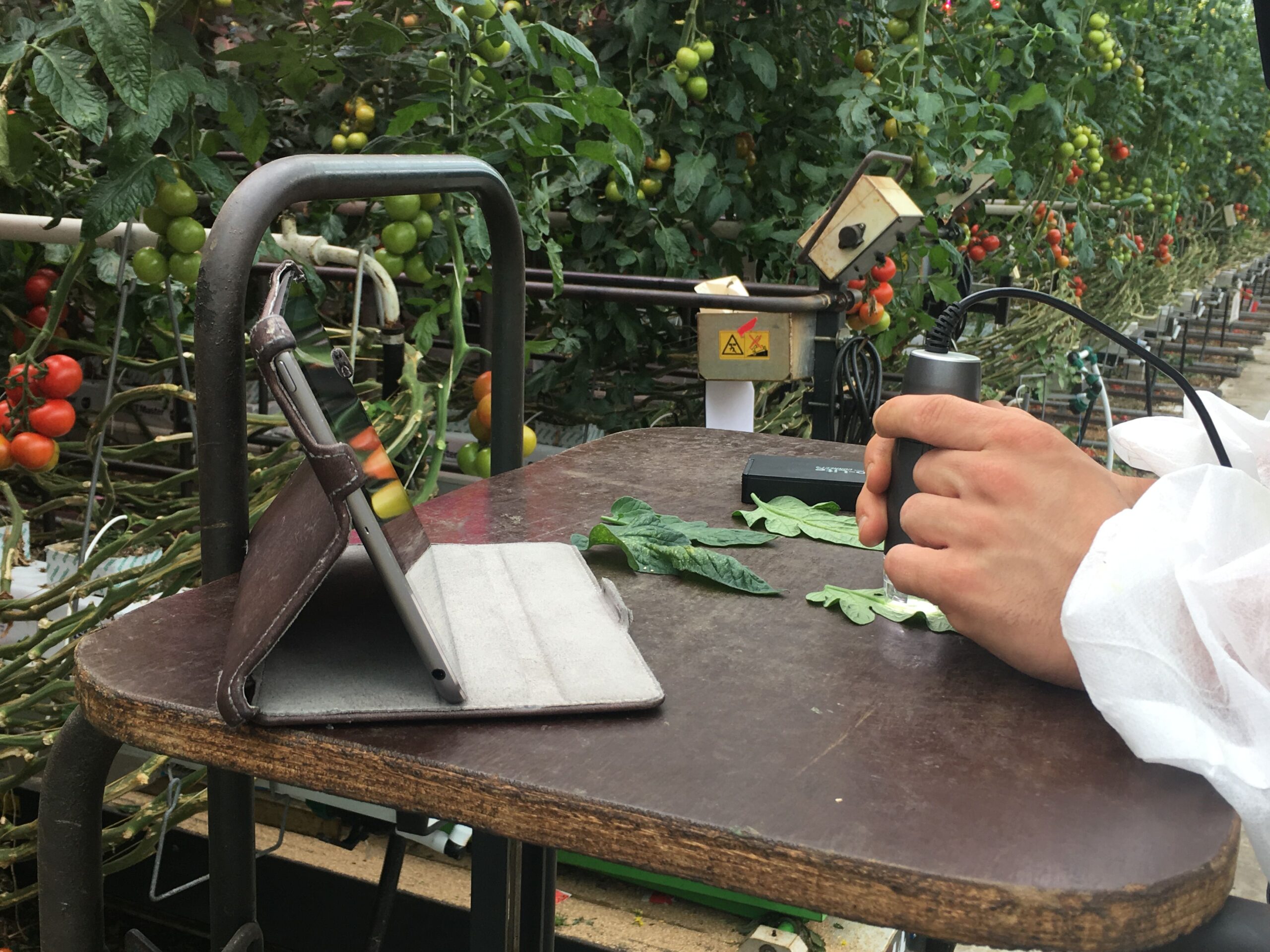Lipetsk’s Greenhouse Vegetable Production: A Snapshot
- Production Statistics:
- Total Production: In just over half a year, Lipetsk’s greenhouses have yielded 88.8 thousand tons of vegetables. This figure represents a significant portion of Russia’s greenhouse vegetable production.
- Breakdown by Vegetable Type:
- Cucumbers: 44.3 thousand tons
- Tomatoes: 43.2 thousand tons
- Lettuce: 1.3 thousand tons
- Regional Leadership:
- Top Producer: Lipetsk has consistently been a leader in greenhouse vegetable production in Russia. Governor Igor Artemov highlighted the region’s continued dominance in this sector, underscoring the high quality and demand for its produce beyond regional borders.
Comparative Analysis and Trends
- National Context:
- Greenhouse Sector Growth: According to the Russian Ministry of Agriculture, the greenhouse sector has been expanding rapidly due to increased investments in technology and infrastructure. Lipetsk’s contribution reflects broader trends of growth and innovation within this sector.
- Market Demand: The demand for greenhouse vegetables has been rising due to their freshness and longer shelf life compared to field-grown produce. Lipetsk’s ability to supply high-quality vegetables has positioned it favorably in the national market.
- Technological Advancements:
- Modern Practices: The region benefits from advanced greenhouse technologies, including climate control systems, automated irrigation, and integrated pest management. These technologies not only enhance production efficiency but also improve the quality of the vegetables.
- Economic Impact:
- Local Economy: The success of Lipetsk’s greenhouse sector contributes significantly to the local economy. It creates jobs, supports local businesses, and contributes to regional development.
- National Food Security: By producing a substantial share of the country’s greenhouse vegetables, Lipetsk plays a crucial role in ensuring food security and reducing the reliance on imports.
Challenges and Future Prospects
- Sustainability Issues:
- Energy Consumption: Greenhouse farming is energy-intensive, and managing energy use is a key challenge. Efforts to integrate renewable energy sources and improve energy efficiency are crucial for sustainable growth.
- Environmental Impact: Addressing the environmental impact of greenhouse farming through improved waste management and resource use is essential for long-term sustainability.
- Innovation and Expansion:
- Future Investments: Continued investment in technology and infrastructure will be vital for maintaining Lipetsk’s leadership in greenhouse vegetable production. Exploring innovations in hydroponics and vertical farming could further enhance productivity and sustainability.
- Market Expansion: Increasing the variety of crops and expanding market reach can help Lipetsk maintain its competitive edge and continue meeting the growing demand for high-quality vegetables.
Lipetsk’s remarkable achievement in greenhouse vegetable production highlights the region’s vital role in Russia’s agricultural sector. With nearly 10% of the nation’s total output coming from this region, Lipetsk not only leads in production but also sets a standard for quality and innovation in greenhouse farming. As the sector continues to evolve, addressing challenges and embracing technological advancements will be key to sustaining this success and further contributing to national food security.










